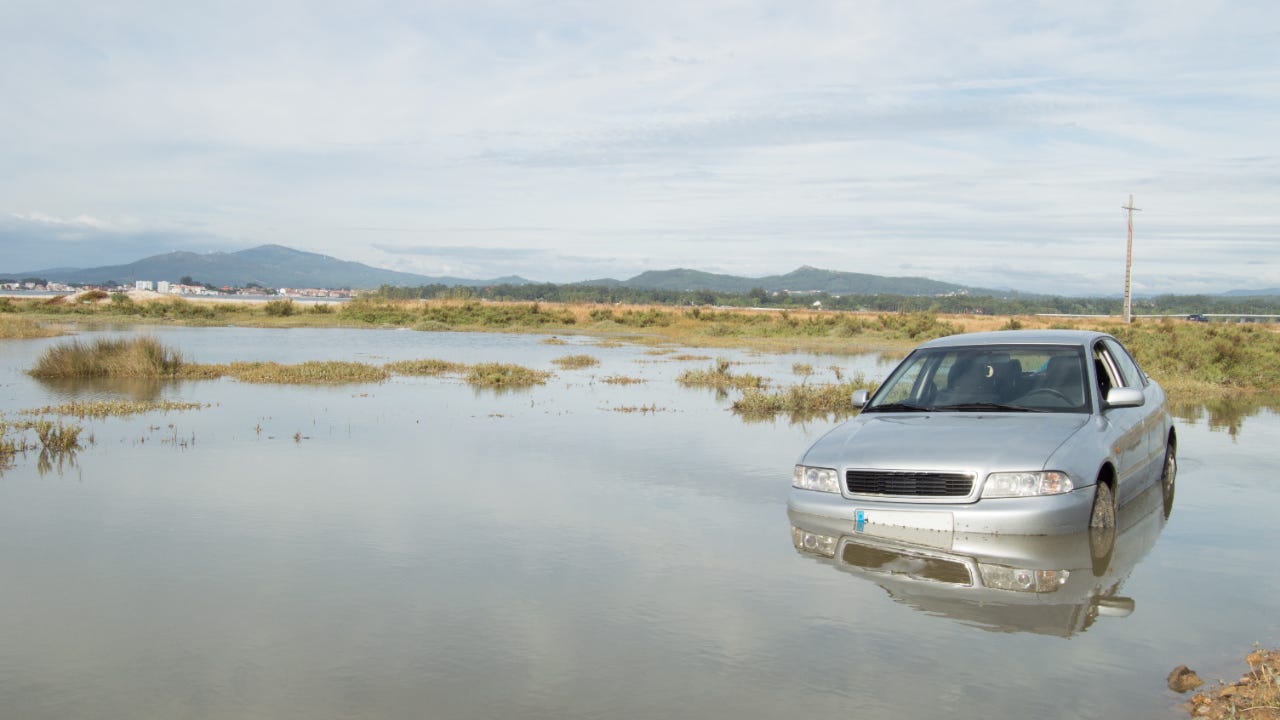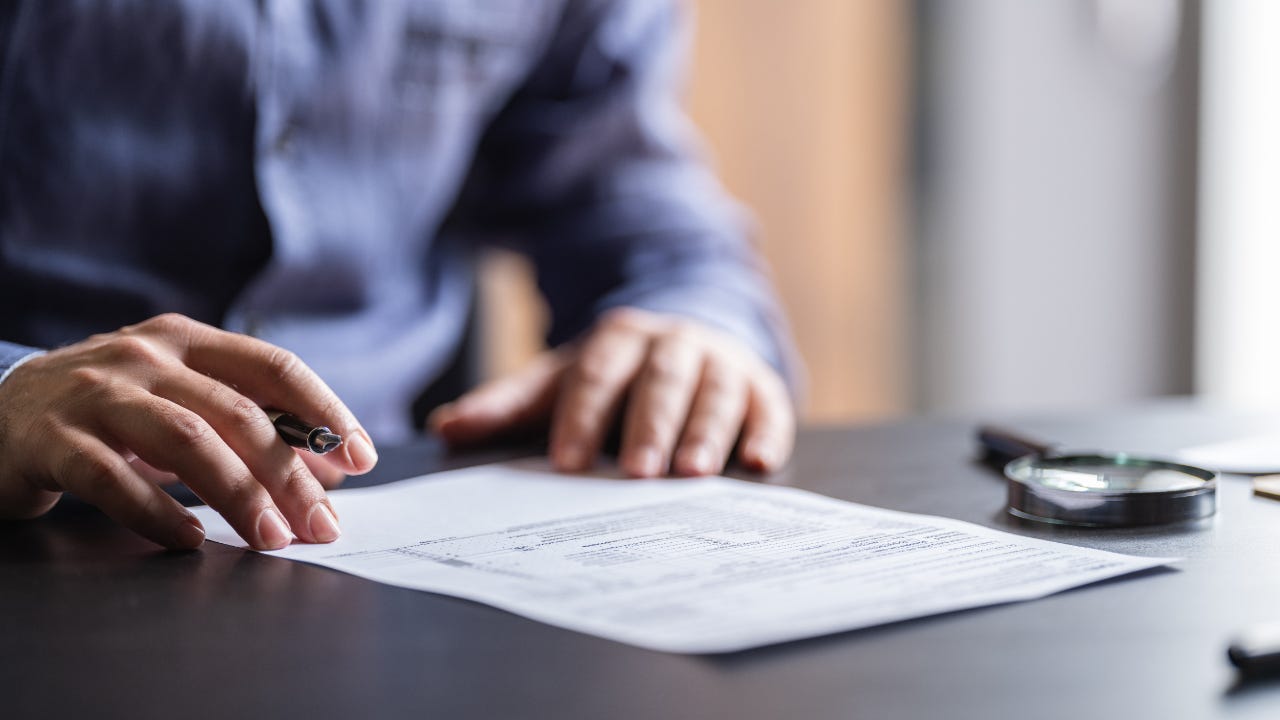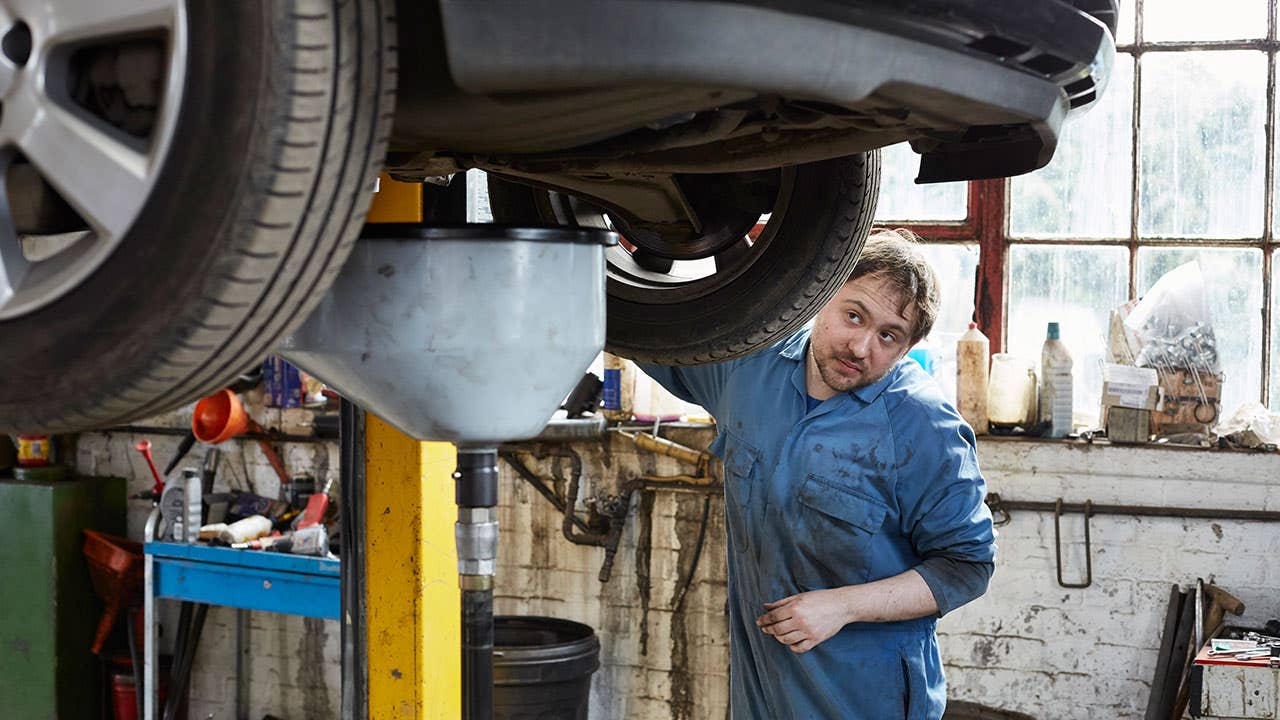
Car buyers through the nation can experience the aftereffects of destructive floods by unknowingly purchasing water-damaged cars. New and used vehicles damaged by significant flood events, like Hurricane Ida in 2022, will find their method to the market as a direct consequence of the storm. Carfax data implies that as much as 212,000 vehicles may have been damaged by Hurricane Ida. When flood-impacted cars are resold, unsuspecting buyers often face expensive mechanical and electrical problems that surface months later.
Even should you don’t reside in a region where flooding is typical you may still inadvertently purchase a car which has water damage and mold. Carfax research also shows that water-damaged vehicles appear in every state, meaning buyers everywhere are at chance of purchasing a flood-damaged car.
How to tell if your car has water damage
Water-damaged cars can be hard to identify. They frequently look fine and might run well for any little while. Eventually, however, you'll probably face problems as flooded cars rot from the inside out. Here are a few of the signs that the car may have water damage and mold:
- Musty odor: The interior of water-damaged cars will frequently smell musty. Unscrupulous sellers may attempt to hide the scent with powerful air fresheners, but it can be quite difficult to truly rid a car of a moldy aroma. One way to test how a car smells is to sit inside and shut the windows. Moist or damp carpeting: Water damage can collect in places you don’t immediately see such as underneath carpeting. Have the carpets through the car and pat them to try and locate any potential moisture buildup. Look into the trunk as well, even taking out the chubby tummy to check for water beneath it. Stained or mismatched upholstery and carpeting: Yet another sign of water damage is a car with loose or stained upholstery and carpeting. Search for blotchy, brown stains, that are indications of water damage. When conducting inspections, compare floor carpeting towards the upholstery around the doors and also the roof. They should all turn to constitute similar age and color. Rust: A vehicle with water damage may have rust around the doors, inside the hood or even under the dashboard. Screws, door hinges, trunk latches and even door handles may also show signs of rusting. Brittle wires: Check underneath the dashboard if you suspect an automobile might have water damage. Brittle wires could mean the vehicle continues to be impacted by a water event of some sort. Fog or moisture beads: If a vehicle’s interior lights, instrument panel or exterior lights look foggy or have moisture beads included, consider it an alert sign the vehicle might have water damage. Mud or silt buildup: During flood events specifically, water can carry mud and dirt into a vehicle. When the flood is gone, the dirt will remain. Some of the places to check for mud and silt range from the glove compartment, trunk, under the dashboard, and below seats. 4 tips to avoid buying a flooded car
If you think that the vehicle might have water or flood damage, it’s vital that you do your homework and find out whether your instincts are correct. There are lots of tools open to help you to get towards the bottom of this important question, as well as signs to be alert for.
1. Operate a vehicle history report
Running an automobile history report can help uncover issues with a car prior to you making a purchase. A clear manifestation of a water-damaged car is a that's branded as such. Departments of cars require permanent title marks for vehicles that have been badly damaged by floods. If the vehicle was declared totaled, it's supposed obtain a brand new title entirely that's labeled “salvage” or “flood.” Depending on the state, however, this fact might be indicated by a numeric code.
Carfax and Experian offer flood check tools that permit users to conduct a free check up on a brief history of the car. These platforms simply require entering the VIN of the vehicle under consideration. When reviewing a car’s history, start looking when for vehicles originating from areas that have been impacted by flooding. The nation's Insurance Crime Bureau also provides free online VIN checks that permit consumers to discover whether a car continues to be declared salvaged.
You will want to look in a vehicle’s history report for just about any sign the car is different hands many times on the short period of time. Be particularly leery of a history that involves buyers in multiple states. This could be an indication of what’s referred to as car “title washing,” where unscrupulous sellers retitle an automobile repeatedly to cover its history.
2. Check for indications of water damage
Cars which have been even partially submerged in water usually have telltale signs, however they may be subtle, particularly if the car continues to be cleared up for resale. Focus on musty or moldy smells, including those from the heating and cooling system.
Note any stains that show up on the car’s interior, engine compartment and trunk. Dirt, sand or mud in odd places and seat belts that sound gritty when they're pulled or retracted are also signs of water damage.
It’s also important to test drive a vehicle, especially one you think may have water or flood damage. Hints to take into consideration throughout a test drive include compromised electrical systems and infotainment systems, that will rebel should they have been influenced by water. Additionally, you will wish to look for indications of smoke during your test drive.
3. Be wary of cars that are priced below market value
There’s grounds for the adage about things being too best to be true. This includes cars being priced well below their market price, which is often a red flag that something is wrong.
Check the normal value for the car you are considering buying on independent vehicle pricing sites for example Edmunds and Autotrader. A new or used car priced below market value is really a strong indicator the vendor is anxious to get rid of it.
Buyers should tread cautiously when a car has been listed for any significant discount. In addition to asking them questions about why the vehicle is being offered for much less than it ought to be, it might be a good idea to possess the vehicle checked out with a professional who are able to identify any problems.
4. Get a professional inspection
It’s always a good idea to hire a certified mechanic or automotive technician to thoroughly look over a car before you purchase it, but it’s even more important to take this step in order to protect yourself from the possibly water-damaged car.
A professional can help ease your mind, especially if the car you are thinking about has a number of the warning signs right here. Be sure that the inspection not just includes obvious signs of water damage and mold but additionally an intensive test of all of the electronics equipment, as issues with these systems can take months to surface.
While a pre-purchase inspection will normally have to become taken care of by you, the mark buyer, it will be money well spent whether it prevents you against ending up with a car that's a lemon. You will probably spend from $100 to $200 for an inspection.
What to complete if you purchased a water-damaged car
If you’ve purchased a vehicle that has water damage and mold all might not be lost. You'll be able to repair the vehicle with an experienced mechanic. But remember, these are not do-it-yourself fixes. It will require an expert who has extensive understanding of cars.
It’s also worth considering that repairing a flood-damaged vehicle will not be cheap, so you’ll wish to see whether the vehicle may be worth the investment. Especially since flood-damaged cars normally have no resale value.
The bottom line
Flood-damaged vehicles are in use in every state across america. If you suspect a car might have been impacted by flooding as well as other kind of water event there are many steps to take including running a vehicle history report, searching for telltale signs of water damage and achieving the car inspected with a professional. Remember, even if you don’t live in an area influenced by flooding, you could unknowingly get a water damaged vehicle.
Learn more
- When is the best time to buy a car?
- Tactics car salespeople hope you don’t know
- Top car-buying mistakes
ON THIS PAGE
- How to tell if an automobile has water damage
- 4 ideas to avoid buying a flooded car
- What to do if you purchased a water-damaged car
- The conclusion








